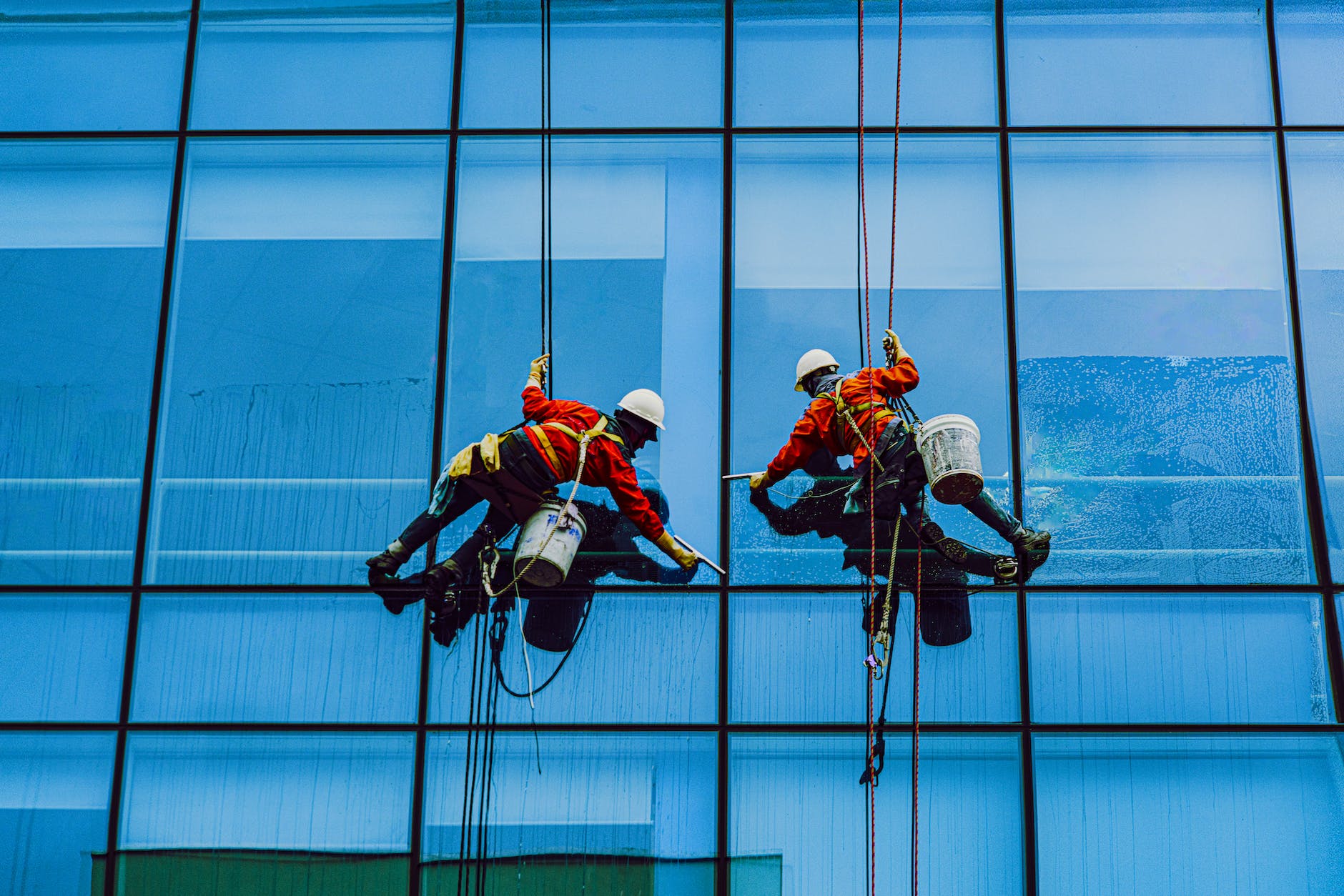
OSHA Regulations for Working at Height: Ensuring Safety and Compliance
Working at height presents unique challenges and risks that demand strict safety measures and compliance with regulations. The Occupational Safety and Health Administration (OSHA) in the United States has established comprehensive guidelines to safeguard workers’ well-being while working at elevated positions. This article dives deep into OSHA regulations for working at height, highlighting key aspects that employers and workers need to know.
Introduction to Working at Height
OSHA Regulations for Working at Height : Working at height involves tasks performed above ground level, such as construction, maintenance, and repair activities. While these tasks are essential, they also carry inherent risks that can result in serious injuries or fatalities if proper safety measures are not in place. OSHA regulations aim to mitigate these risks and ensure a safe working environment.
Importance of OSHA Regulations
OSHA regulations play a vital role in promoting workplace safety by establishing standards that employers must follow. These regulations reduce the likelihood of accidents, improve worker morale, and minimize productivity disruptions due to injuries.
Understanding OSHA’s Fall Protection Standards
General Fall Protection Requirements
OSHA’s fall protection standards mandate that employers provide fall protection systems for workers exposed to vertical drops of six feet or more. This includes safety rails, harnesses, and other protective measures.
Fall Protection Systems
Employers must assess potential fall hazards and implement suitable protection systems. This may involve guardrails, safety nets, and personal fall arrest systems (PFAS) to prevent workers from falling.
Training and Competency
Workers must receive proper training to use fall protection systems effectively. Competency in recognizing hazards, setting up equipment, and responding to emergencies is crucial.
Scaffolding Safety Measures
Types of Scaffolding
Various types of scaffolding are used in construction. OSHA classifies them into supported scaffolds, suspended scaffolds, and aerial lifts.
OSHA Requirements for Scaffolding
Scaffolds must meet OSHA’s load capacity standards and be inspected regularly. Workers should use proper access points and fall protection equipment.
Ladder Safety Guidelines
OSHA Standards for Ladder Usage
OSHA outlines ladder requirements to prevent falls and injuries. This includes proper ladder selection, setup, and usage.
Aerial Lifts and Platforms
OSHA’s Aerial Lift Regulations
Aerial lifts, including cherry pickers and scissor lifts, require compliance with specific OSHA standards. This involves operator training and equipment maintenance.
Personal Protective Equipment (PPE) for Working at Height
Harnesses and Equipment Inspection
Workers must wear appropriate harnesses and inspect them before each use. Faulty equipment should be taken out of service.
Proper Use of PPE
Using PPE correctly is crucial. This includes wearing harnesses and other gear as instructed and avoiding shortcuts.
Compliance and Inspection Procedures
Conducting Regular Inspections
Regular inspections of equipment and work areas help identify potential hazards and address them promptly.
Addressing Potential Hazards
Workers should be empowered to report hazards. Employers must take quick action to mitigate risks and prevent accidents.
Penalties for Non-Compliance
Non-compliance with OSHA regulations can result in severe penalties, including fines and work stoppages.
How Employers Can Ensure Safety
Employers should prioritize safety, provide training, and equip workers with necessary tools to perform tasks safely.
Employee Rights and Responsibilities
Workers have the right to a safe workplace. They must follow safety protocols and report any concerns.
Case Studies: Learning from Accidents
Examining past accidents helps identify common causes and reinforces the importance of safety measures.
OSHA’s Training and Education Resources
OSHA offers various resources, including training programs and materials, to educate workers and employers about working at height safely.
Future Trends in Fall Prevention
Advancements in technology and materials continue to shape fall prevention strategies, making worksites even safer.
Conclusion
Adhering to OSHA regulations for working at height is not just a legal obligation but a moral imperative. Prioritizing safety through proper training, equipment, and compliance measures significantly reduces the risks associated with tasks performed at elevation. By following these guidelines, employers can ensure a safer workplace and protect the well-being of their valuable workforce.
FAQs
- Are OSHA regulations applicable to all industries? Yes, OSHA regulations apply to a wide range of industries to ensure workplace safety.
- Can workers refuse to work at height if they feel unsafe? Yes, workers have the right to refuse work that they believe is unsafe without fear of retaliation.
- What is the role of a Competent Person in fall protection? A Competent Person is responsible for identifying and addressing fall hazards on worksites.
- Is fall protection training a one-time requirement? No, fall protection training should be ongoing, with regular updates to address new risks and techniques.
- Where can employers access OSHA’s training resources? Employers can find OSHA training resources on the official OSHA website or through authorized training providers.

























I’m glad that you said that